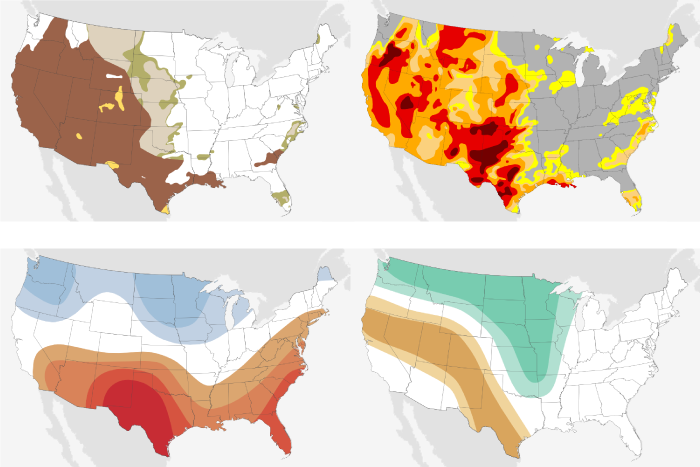A new study finds that projected future warming will result in El Niño events that grow at a faster rate, persist longer over the eastern and far eastern Pacific, and have stronger and distinct remote impacts.
Two NOAA hurricane experts explain why it’s still so hard to say whether global warming to date has affected the number or intensity of Atlantic hurricanes.
For the record books: A review of the ten most significant or unusual global climate or weather events of 2011, as ranked by NOAA’s National Climatic Data Center in its yearly review of the Earth’s climate.
If you're planting a garden this spring, this set of maps based on U.S. climate data can help you see how planting zones across the country have shifted over the past few decades.
A new study has found a link between red tides and dead zones along Florida’s west coast. When harmful algal blooms strike in early summer and persist into autumn, low-oxygen dead zones are also likely.
New climate modeling indicates an increase in flash flooding across most of the United States. Heavy rainfall events will likely cause more frequent and stronger flash floods by the end of the century.
Global warming will change Alaska’s precipitation. A new study projects changes in all warming scenarios, with the increases in both temperature and precipitation.
NOAA and community partners will map heat inequities in 14 communities across the United States, and two international cities during the summer of 2022.

May 2022 U.S. Climate Outlook: Cooler- and wetter-than-normal month favored across the northern tier
Across the southern tier, the odds are tilted towards a warmer-than-average May.
Our bloggers explain why climate forecasters keep using that word...and how it doesn't mean what you think it means.